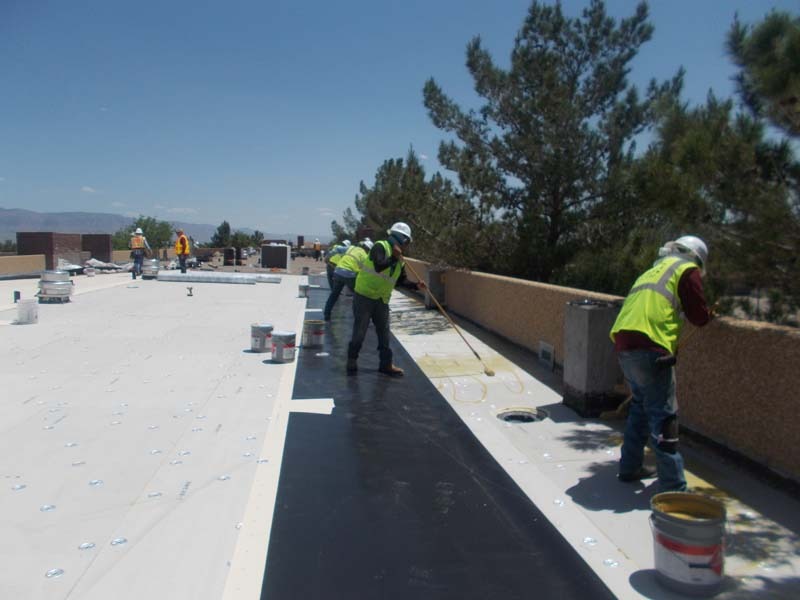TPO Roofing Installation Services
TPO, which stands for thermoplastic polyolefin, is a single-ply rooting style that is mainly used for covering flat roofs. They are very synthetic and are made up of Ethylene polypropylene rubber as well as talc carbon filler or fiberglass. In addition, the overall process is quite simple, compared to other roofing styles.
This energy efficient type of roofing is a great choice for commercial facilities. Since it is mechanically fastened and chemically adhered to insulation, it creates a layer that protects the roof of any commercial facility.
It is a top choice when it comes to commercial roofing and it is a material that works best on flat surfaces. There are proper options available that will fit your budget and facility needs. Adhere TPO roofing systems support energy savings and are the most cost effective choice compared to other types of roofing.
If you are considering getting a roofing system for your property, it is important you consider TPO as your top choice. TPO roofing membrane is one of the newest innovations for low slope roofing types.

